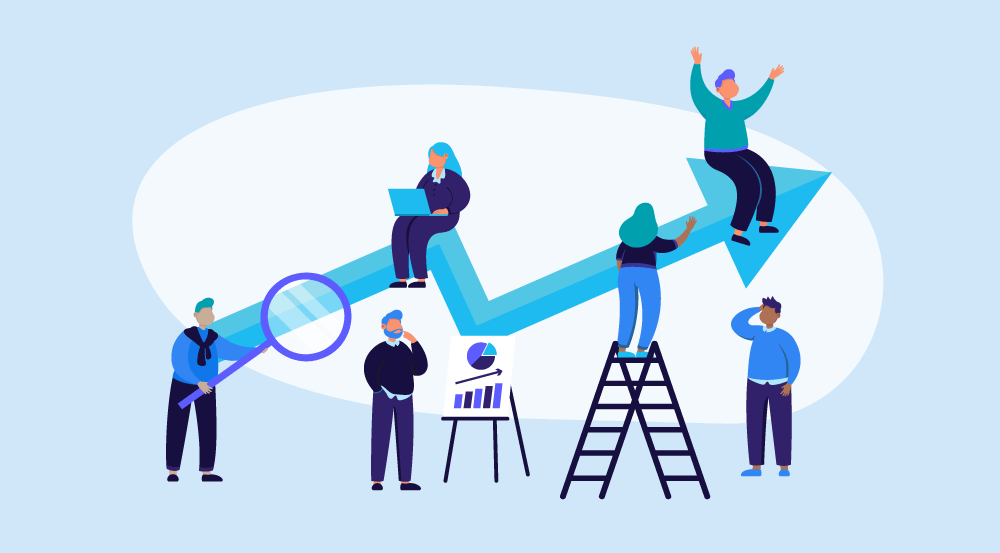Continuous Learning: Invest in Your Employees’ Success
Continuous learning is an essential component of professional and personal growth. In a rapidly changing world, organizations that invest in the ongoing development of their employees gain a competitive advantage.
The Benefits for Employers
When employers invest in their employees’ continuous learning, they create a skilled and adaptable workforce. This leads to increased productivity, innovation, and higher employee engagement. Moreover, organizations that prioritize continuous learning attract and retain top talent, as individuals seek opportunities for growth and development in their careers.
The Positive Impact on Employees
Continuous learning initiatives have a profound positive impact on employees. It fosters personal and professional growth, enhances job satisfaction, and boosts self-confidence. Employees who have access to ongoing training and development programs feel valued and are more likely to be motivated and engaged in their work. This ultimately leads to improved performance and reduced turnover.
Creating a Culture of Continuous Learning
To effectively invest in employees’ success through continuous learning, organizations should foster a culture that prioritizes knowledge sharing, skill development, and innovation. This can be achieved through:
1. Providing Learning Opportunities
Offering access to various learning resources, such as workshops, seminars, online courses, and mentorship programs, enables employees to continuously acquire new knowledge and skills relevant to their roles and future aspirations. This investment in their growth demonstrates that the organization is invested in their long-term success.
2. Encouraging Learning Communities
Facilitating the formation of learning communities within the organization promotes collaboration and knowledge exchange. This can be done through regular team meetings, cross-functional projects, or internal communication platforms where employees can share their insights and experiences.
3. Recognizing and Rewarding Learning and Development
Recognizing and rewarding employees for their dedication to continuous learning further reinforces the value placed on growth and development. This can take the form of promotions, bonuses, or public recognition to celebrate achievements and encourage others to follow suit.
4. Emphasizing Leadership Support
Leaders within the organization should exemplify a commitment to continuous learning by actively participating in training programs themselves. This sends a powerful message to employees, encouraging them to follow suit. Additionally, leaders can allocate resources and time for learning and development activities, further emphasizing its importance.
Measuring the Impact of Continuous Learning
It is also crucial for organizations to measure the impact of continuous learning initiatives. This can be done through various methods, including:
1. Assessing Employee Performance
Regular performance evaluations can help gauge the improvement in employee performance and identify areas where additional training may be required.
2. Conducting Surveys and Feedback Sessions
Soliciting feedback from employees through surveys or dedicated feedback sessions allows organizations to understand their satisfaction with the learning programs and identify areas for improvement.
3. Monitoring Employee Engagement
Engagement surveys can measure the level of employee engagement and its correlation with their participation in continuous learning activities. Higher engagement levels often indicate a positive impact of learning initiatives on employee satisfaction and motivation.
4. Analyzing Business Results
By analyzing business outcomes and comparing them before and after implementing continuous learning initiatives, organizations can assess the impact on productivity, innovation, customer satisfaction, and overall business success.
Investing in Continuous Learning: A Win-Win Situation
In conclusion, investing in continuous learning for employees is a win-win situation for both employers and individuals. It drives organizational success, employee satisfaction, and overall productivity. By creating a culture that supports ongoing development, organizations can reap the benefits of a skilled and engaged workforce.


